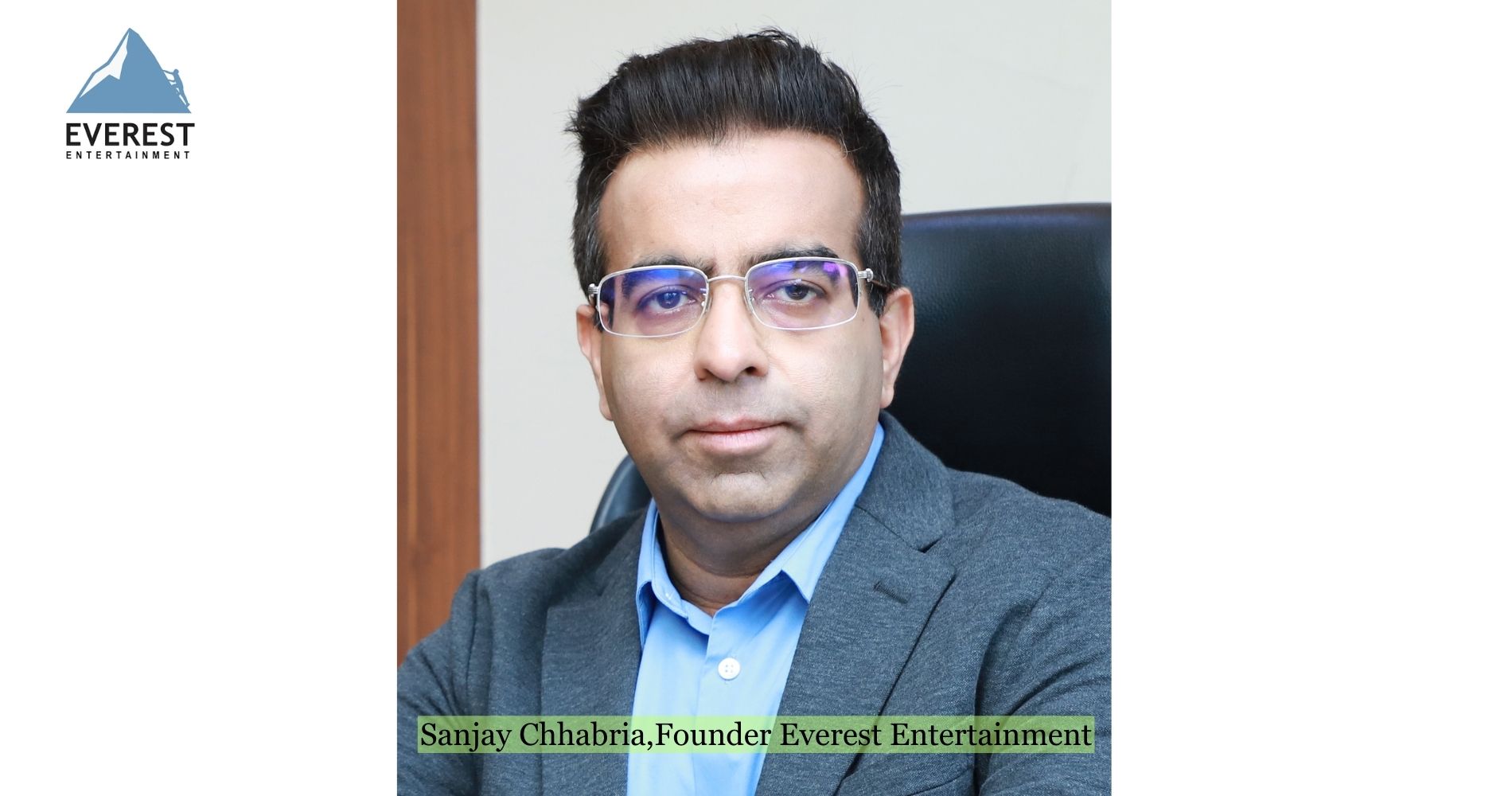Unlocking The World Of Music Publishing And Royalties
Music publishing royalties, the lifeblood of artists, composers, and labels, have been on the rise in recent years.
Music publishing royalties, the lifeblood of artists, composers, and labels, have been on the rise in recent years.

In the dynamic realm of music, where every note and lyric carries its weight in emotion and creativity, there's an often-overlooked aspect: the financial side of things. Music publishing royalties, the lifeblood of artists, composers, and labels, have been on the rise in recent years. However, there's a widespread lack of understanding, particularly among independent labels, authors, composers, background composers, and regional labels, about how to navigate the complex world of music royalties effectively. As a result, many of them are missing out on their rightful earnings.
The Two Facets of Music Publishing Royalties.
To demystify the landscape, we can broadly divide music publishing royalties into two major subcategories:
-Underlying Rights Royalties (Performance Royalties): These royalties stem from the underlying works of a musical composition, including its composition and lyrics, when performed individually or as part of a sound recording.
There are two types of royalties within this category:
1.Performance Royalties: These royalties are generated when the underlying work is performed. For instance, when a song is streamed on platforms like YouTube or Spotify or broadcast on TV or radio, performance royalties come into play.
2.Mechanical Royalties: These royalties are generated when a song is reproduced or copied. In the past, they were primarily associated with physical copies, but now they apply to digital downloads as well.
Collecting Performance Royalties:
In India, performance royalties are typically collected through the copyright society IPRS, while international organizations like PRS for Music UK, APRA, and BMI handle collections globally. Notably, different societies may specialize in collecting specific types of royalties. For example, PRS for Music primarily collects performance royalties, while mechanical royalties require authors, composers, and publishers to collect them through MCPS in the UK. In India, IPRS manages both performance and mechanical royalties.
An interesting contrast is that in India, mechanical royalties are equally shared between publishers and author-composers. In contrast, outside India, labels can claim 100% of mechanical royalties.
Major Revenue Sources:
The primary sources of performance and mechanical royalties include:
Neighbouring Rights:
Neighbouring rights revolve around sound recordings and are typically collected by labels. In India, major organizations handling neighbouring rights include:
Singer Royalties:
The Indian Singer Rights Association (ISRA) has been advocating for singer royalties, although progress has been slow. However, recent victories, such as ISRA's agreement with PPL India to share royalties, signify a positive step forward. Approximately 160 crore will be distributed among the singing community in India over the next three years.
In the intricate world of music publishing and royalties, understanding these various facets is crucial for artists, composers, labels, and all stakeholders. As the music industry evolves, a comprehensive grasp of royalties will ensure that every note and lyric receives it’s due recognition and compensation.
(By-Sanjay Chhabria,Founder Everest Entertainment)